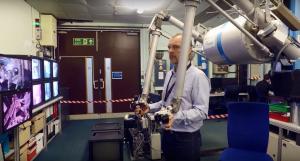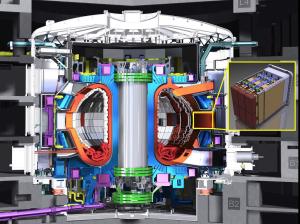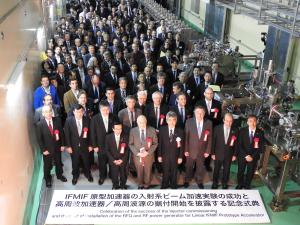What’s New
9 May 2016
ITER news digest for the period of 2 May 2016 to 9 May 2016.

Journal "Nature Physics" produces an Insight on nuclear fusion

Human-robot teams to operate inside fusion device

Improving predictions of the "bootstrap current"




